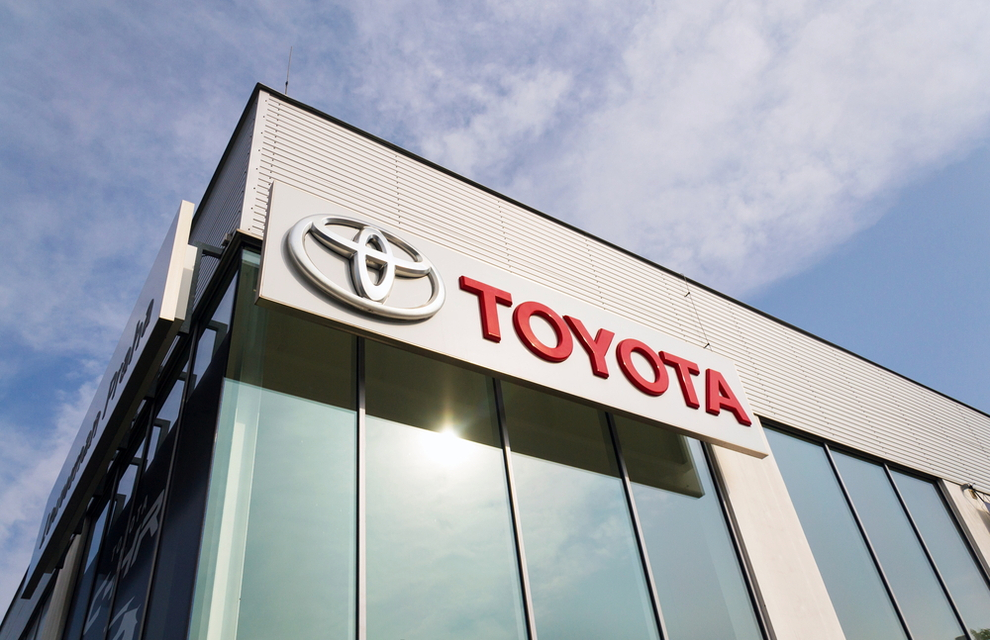A.M. Best has affirmed the financial strength rating of A (Excellent) and the long-term issuer credit rating of “a” of Toyota Motor Insurance Company (TMIC), based in Cedar Rapids, Iowa.
The outlook of these credit ratings is stable.
A.M. Best stated that the ratings reflect TMIC’s balance sheet strength, which they categorised as strongest, as well as its adequate operating performance, neutral business profile and appropriate enterprise risk management (ERM).
The rating firm outlined that TMIC continues to maintain balance sheet strength at the strongest level supported by risk-adjusted capitalisation, as measured by Best’s Capital Adequacy Ratio (BCAR), low underwriting leverage, organic and steady growth of policyholders’ surplus, excellent liquidity with metrics outperforming the industry and positive cash flows.
A.M. Best assessed the company’s operating performance as adequate and expects it to return to historical levels following the volatility in results, which is attributed to losses from its guaranteed auto protection (GAP) business and the rise in frequency and severity, mitigated by rate increases to address the issue.
“Amid the COVID-19 pandemic, the overall weakening of the economy has caused demand for vehicle purchases to decline; therefore, the true effects of rate increases and underwriting initiatives on the company’s GAP business could take some time to be realised”, the rating firm explained.
TMIC’s neutral business profile supports the Toyota organisation as a wholly owned subsidiary and single-parent captive of Toyota Motor Insurance Services, a California corporation. TMIC provides vehicle service agreements, GAP agreements, excess wear and use coverage, and tyre and wheel protection coverage for Toyota, Lexus, and Mazda customers, dealers and affiliated companies.
A.M. Best said it considers TMIC’s ERM to be appropriate, as the captive has leveraged the robust and formal corporate management practices that have been established and implemented by its US parent, Toyota Motor Credit Corporation.
According to A.M. Best, the stable outlooks reflect the expectation that the company will maintain its balance sheet strength assessment at strongest and adequate level of operating performance, while managing its volatile GAP product line and neutral business profile without divergence from its risk profile.


